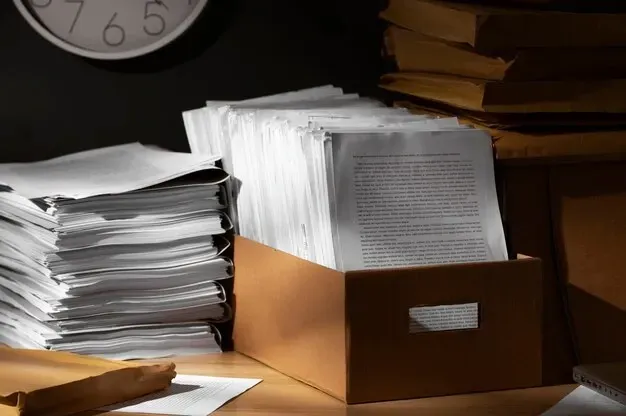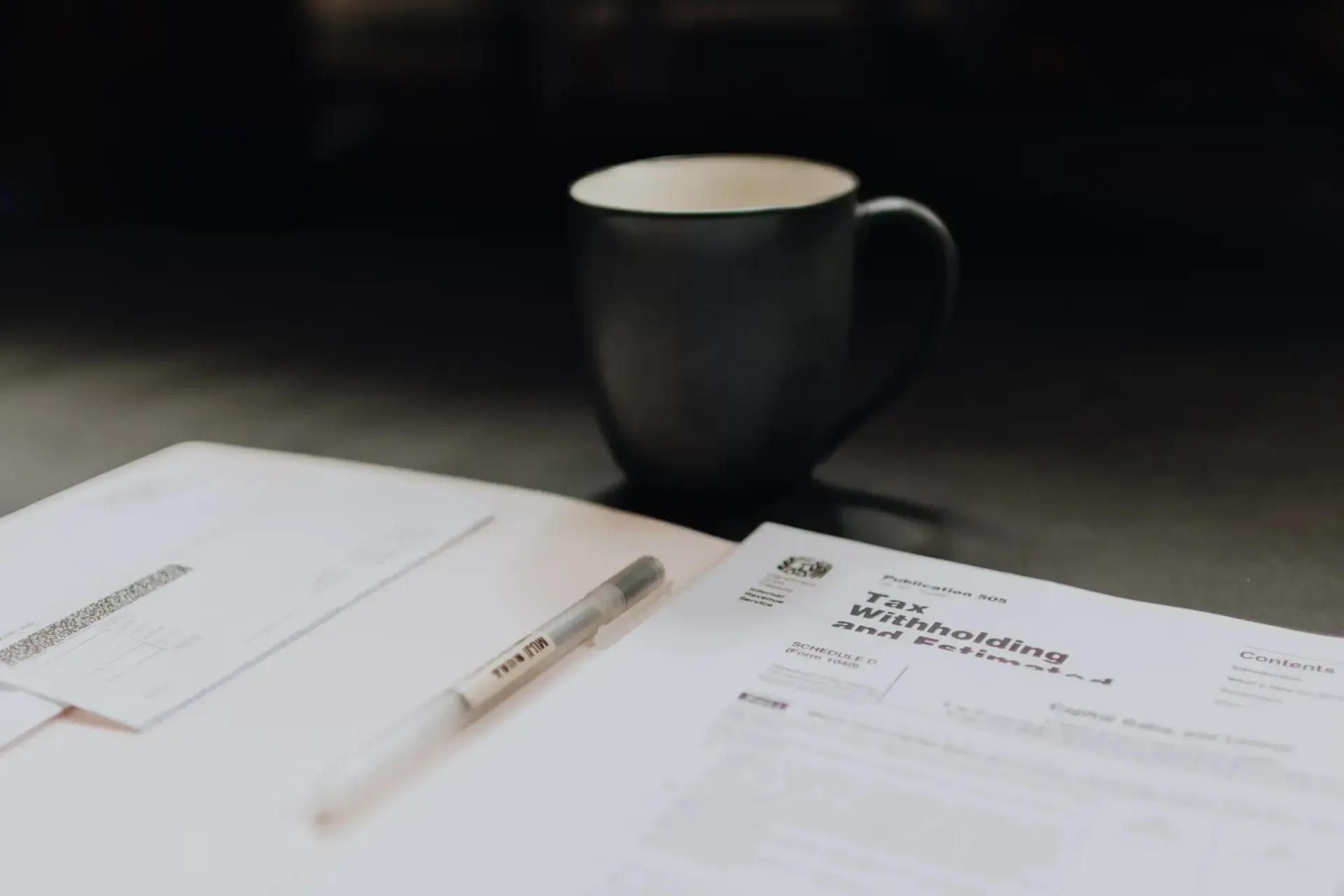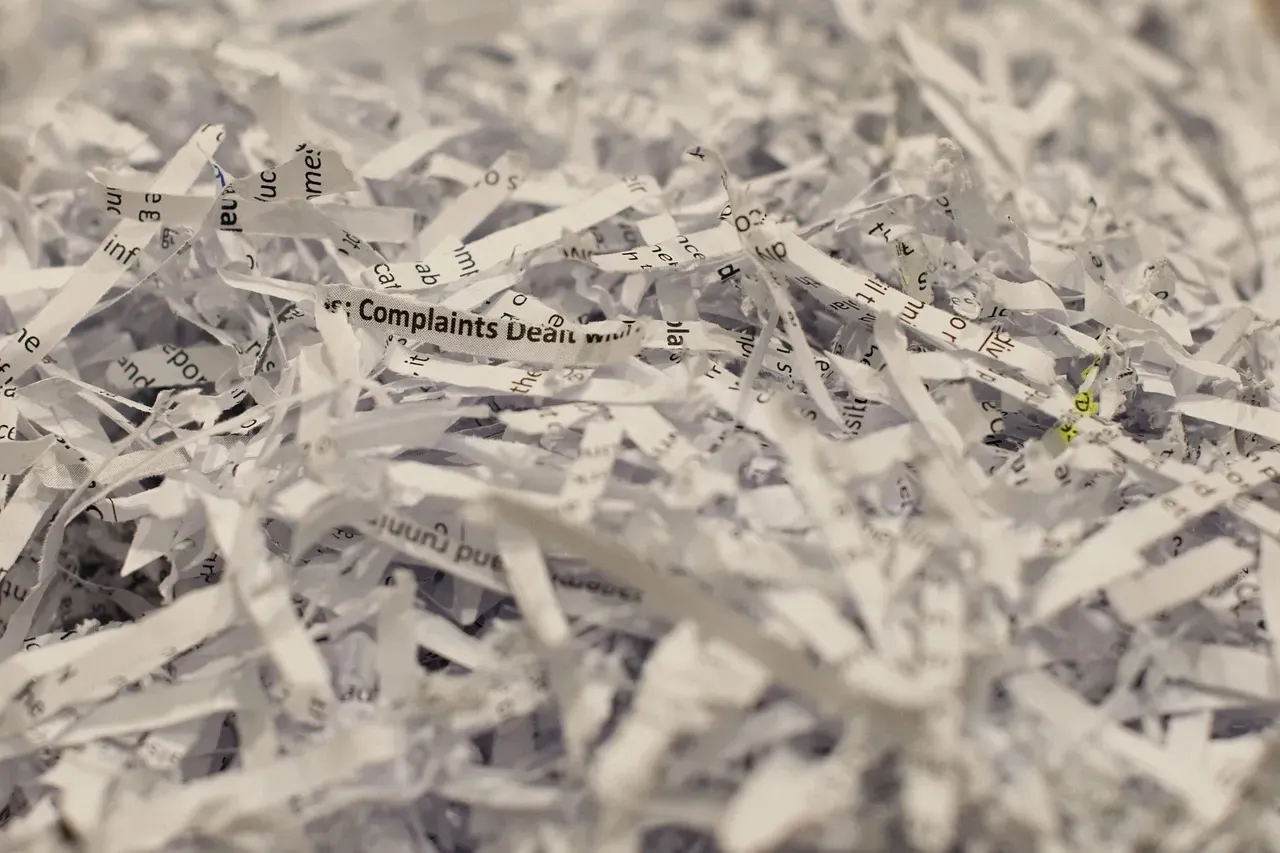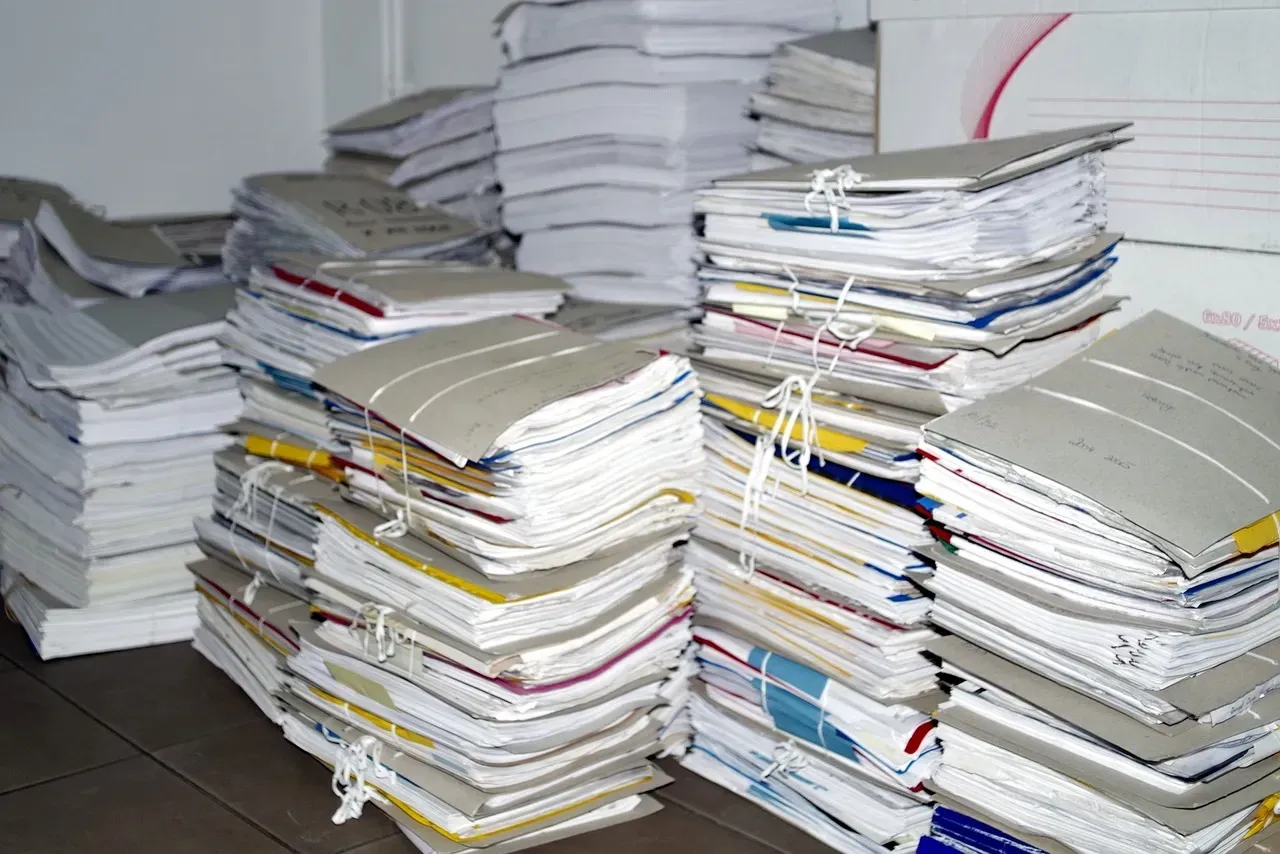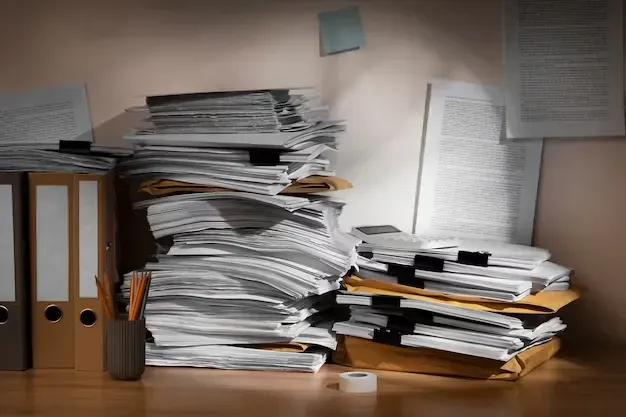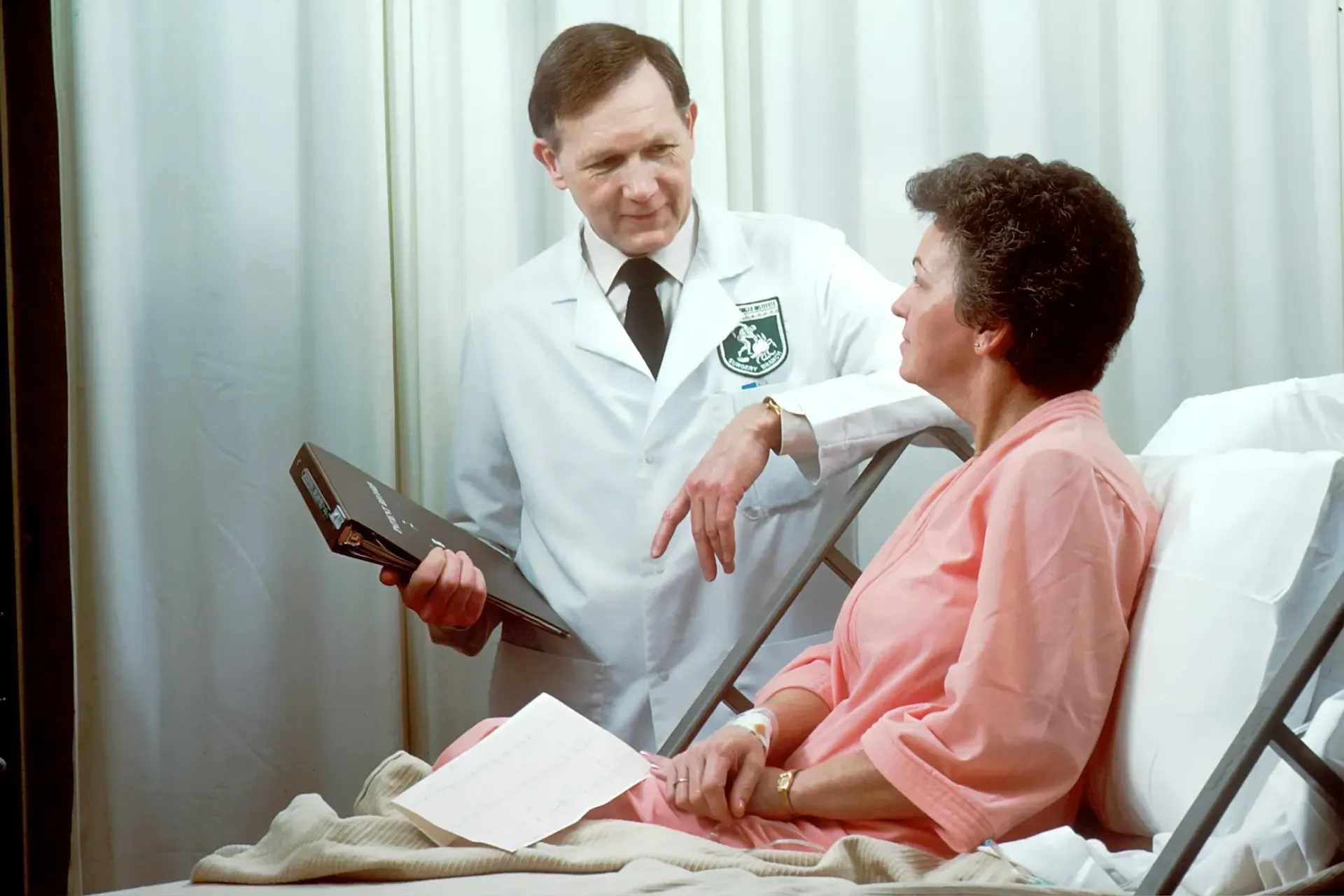
How to Manage Medical Record Destruction in Utah
Managing medical record destruction is vital. It ensures patient privacy and follows the law. In Utah, there are specific regulations you must follow. This guide will help you understand these rules and show you the best practices for proper disposal.
Medical records contain sensitive information. If not destroyed correctly, it can lead to identity theft and other privacy issues. Proper destruction methods protect patients and keep your practice compliant with both federal and state laws.
Understanding Medical Record Destruction
Medical record destruction means getting rid of old or unnecessary medical files in a way that keeps patient information safe. These records can include anything from patient histories and lab results to billing information.
Proper disposal is key. If these records fall into the wrong hands, it can lead to identity theft or other privacy breaches. This is why medical record destruction is not just a best practice, but a legal requirement.
There are several methods for destroying medical records, including shredding, incineration, and pulping. Each method ensures that the information cannot be reconstructed or accessed. Choosing the right method depends on the volume and type of records you have.
For instance, shredding is a common and effective method. It involves cutting documents into tiny pieces that cannot be pieced back together. Incineration burns the records to ash, ensuring complete destruction. Pulping turns paper into a mushy mixture, breaking down the fibers so they cannot be reconstructed.
Legal Requirements for Medical Record Destruction in Utah
When it comes to medical record destruction, you need to follow specific laws to avoid trouble. In the U.S., the Health Insurance Portability and Accountability Act (HIPAA) sets the standard for protecting patient information. But each state, including Utah, has its own rules too.
Federal Laws (HIPAA)
- HIPAA requires that medical records are disposed of in a way that ensures they cannot be read or reconstructed. This includes both paper and electronic records.
- Violating HIPAA can lead to hefty fines and legal action.
Utah State Regulations
- Utah has specific guidelines for how long you need to keep medical records before destroying them. For most records, it's about seven years from the last date of service.
- After the retention period, records must be destroyed in a way that keeps patient information confidential.
Consequences of Non-Compliance
- Not following these laws can result in fines, legal trouble, and damage to your reputation.
- Ensuring compliance protects your patients and your practice.
Knowing and following these laws is essential to keep your practice safe and compliant.
Best Practices for Medical Record Destruction
To ensure compliance and protect patient information, follow these best practices for medical record destruction:
Step-by-Step Process
- Identify Records for Destruction: Determine which records are no longer needed and can be destroyed. Follow the retention period guidelines.
- Choose the Right Method: Decide between shredding, incineration, or pulping based on the type and volume of records.
- Secure Handling: Keep records secure until they are destroyed. Use locked bins or rooms to prevent unauthorized access.
- Document the Process: Keep a log of what was destroyed, how it was destroyed, and when. This documentation can protect you in case of an audit.
- Verify Destruction: Ensure the records are completely destroyed and cannot be reconstructed.
Choosing the Right Method
- Shredding: Ideal for most paper records. Use cross-cut shredders for extra security.
- Incineration: Best for large volumes of records. It leaves no trace behind.
- Pulping: Effective for both paper and some types of digital media. It breaks down the material into an unrecognizable form.
Ensuring Complete Destruction
- Work with certified destruction services if needed. They follow strict protocols and provide proof of destruction.
- Regularly review and update your destruction process to comply with any new regulations.
Following these best practices ensures that your medical record destruction process is secure and compliant.
How to Choose a Medical Record Destruction Service in Utah
Selecting the right medical record destruction service is important to ensure compliance and security. Here’s what you need to consider:
Factors to Consider
- Certification and Accreditation: Look for services certified by the National Association for Information Destruction (NAID). This ensures they follow strict protocols.
- Experience: Choose a provider with a proven track record in handling medical records specifically.
- Security Measures: Ask about their security protocols, including how they transport and store records before destruction.
- Compliance: Ensure they comply with both HIPAA and Utah state regulations.
Questions to Ask Potential Providers
- How do you ensure the complete destruction of medical records?
- Can you provide a certificate of destruction for each batch of records?
- What security measures do you have in place during transportation and storage?
- How do you handle emergencies or unexpected volumes of records?
Certification and Accreditation
- Working with a certified provider means they adhere to high standards for security and compliance.
- NAID certification is a good benchmark to look for.
By considering these factors and asking the right questions, you can choose a reliable and secure medical record destruction service in Utah.
Benefits of Professional Medical Record Destruction Services
Using professional medical record destruction services offers many benefits. Here’s why you should consider it:
Security and Confidentiality
- Professional services use advanced methods to ensure complete destruction.
- They follow strict protocols to keep patient information secure throughout the process.
Cost-Effectiveness
- Outsourcing destruction can be more cost-effective than doing it in-house.
- It saves time and resources, allowing your staff to focus on their primary tasks.
Legal Compliance
- Professional services stay updated on all relevant laws and regulations.
- They provide certificates of destruction, which serve as proof of compliance during audits.
Peace of Mind
- Knowing that experts are handling your records gives you peace of mind.
- They handle everything from collection to final destruction, ensuring no steps are missed.
Choosing professional medical record destruction services ensures your practice remains compliant and secure, while also being efficient and cost-effective.
DIY Medical Record Destruction: Pros and Cons
Some practices choose to handle medical record destruction in-house. Here are the pros and cons of doing it yourself:
Pros:
- Control: You have direct control over the destruction process.
- Immediate Destruction: Records can be destroyed as soon as they are no longer needed, reducing the risk of unauthorized access.
Cons:
- Cost: Investing in equipment like industrial shredders or incinerators can be expensive.
- Time-Consuming: The process can be labor-intensive, taking time away from other important tasks.
- Compliance Risk: Without proper training and protocols, there’s a higher risk of non-compliance with legal requirements.
Necessary Equipment and Procedures
- Shredders: High-security cross-cut shredders are recommended.
- Incinerators: For large volumes, an incinerator can be effective but requires proper handling and safety measures.
- Secure Storage: Records waiting to be destroyed should be kept in locked bins or rooms.
Training and Protocols
- Staff should be trained on proper destruction methods and compliance requirements.
- Establish clear protocols for handling, storing, and destroying records.
DIY medical record destruction can be feasible for smaller practices, but it requires careful planning and resources to ensure compliance and security.
Common Mistakes to Avoid in Medical Record Destruction
Avoiding common mistakes in medical record destruction can save you from legal trouble and ensure patient confidentiality. Here are the mistakes to watch out for:
1. Incomplete Destruction
- Ensure all records are completely destroyed. Partial destruction can leave sensitive information accessible.
2. Lack of Documentation
- Always document the destruction process. Keep a log of what was destroyed, how, and when. This documentation is crucial for audits and compliance.
3. Improper Handling
- Secure records from the time they are identified for destruction until the process is complete. Use locked bins and restricted areas to prevent unauthorized access.
4. Ignoring Electronic Records
- Don’t forget about digital records. Hard drives, CDs, and other electronic storage devices should be properly destroyed using methods like degaussing or shredding.
5. Not Updating Policies
- Regularly review and update your destruction policies to stay compliant with current laws. Train staff on any new procedures.
Ensuring Continuous Compliance
- Stay informed about changes in laws and regulations.
- Perform regular audits of your destruction process to identify and fix any issues.
- Work with a certified destruction service if you are unsure about any part of the process.
By avoiding these common mistakes, you can ensure a secure and compliant medical record destruction process.
Creating a Medical Record Destruction Policy
Developing a comprehensive medical record destruction policy is essential for ensuring compliance and protecting patient information. Here’s how to create an effective policy:
Steps to Develop a Policy
- Assess Your Needs: Identify the types and volumes of records your practice handles. Determine the retention periods based on federal and state regulations.
- Define Destruction Methods: Specify the methods for destroying different types of records (e.g., shredding for paper, degaussing for electronic media).
- Set Procedures for Handling Records: Outline how records should be stored and secured before destruction. Include procedures for both regular and emergency situations.
- Document the Process: Establish a log for tracking destruction activities, including dates, methods, and responsible personnel.
- Assign Responsibilities: Designate staff members responsible for managing the destruction process and ensure they are trained on the policy.
Training Staff on the Policy
- Conduct regular training sessions to ensure all staff understand the importance of proper record destruction and are familiar with the policy.
- Provide updates on any changes to the policy or relevant laws.
Regular Review and Updates
- Review the policy annually or whenever there are changes in regulations.
- Update the policy as needed to address new types of records or changes in destruction methods.
A well-defined medical record destruction policy ensures that all staff are aware of their responsibilities and that your practice remains compliant with legal requirements.
Conclusion
Proper medical record destruction is essential to protect patient privacy and stay compliant with legal requirements. Whether you handle it yourself or hire a professional service, ensuring the secure disposal of sensitive information is a must.
Recap:
- Understand the importance and methods of medical record destruction.
- Follow federal and Utah state regulations.
- Choose the best practices and methods for your needs.
- Consider professional services for added security and compliance.
- Avoid common mistakes and regularly update your destruction policy.
Call to Action
Ready to ensure your medical records are securely destroyed? Trust Certified Shred for reliable and compliant destruction services. Choose from:
- On-site shredding: We come to you and destroy records on the spot.
- Off-site shredding: We collect and securely transport your records for destruction at our facility.
- Drop-off shredding: Conveniently drop off your records at one of our locations.
Certified Shred serves several locations in Utah, including Salt Lake City, Ogden, Logan, Lehi, Provo, and Saint George. Contact us today to protect your practice and your patients’ privacy with our top-notch shredding services.

